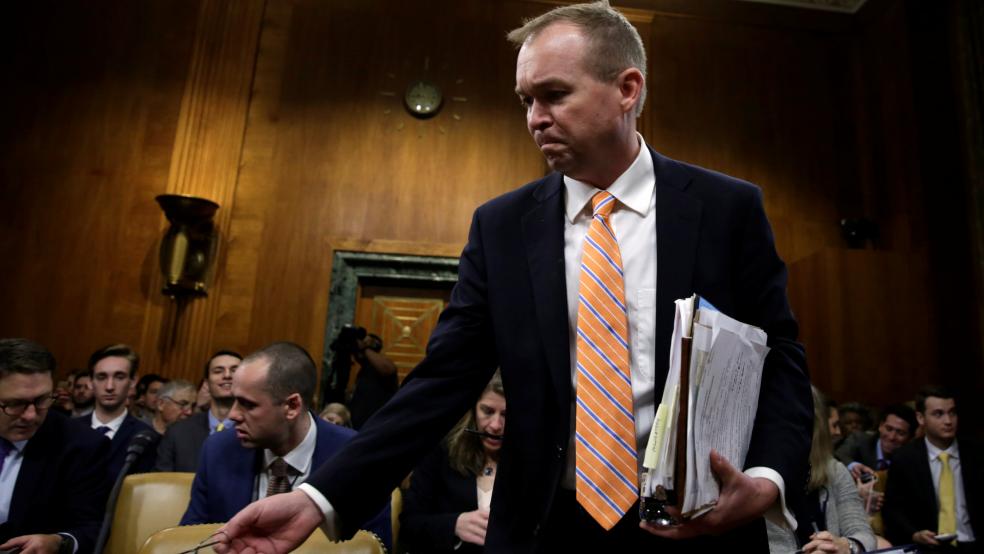Outgoing director Richard Cordray elevated an agency official to replace him on an interim basis. But Republican President Donald Trump then named his budget chief, Mick Mulvaney, as acting director until the president names a permanent successor who is confirmed by the Senate, which could take months.
Here are some facts about the CFPB.The CFPB's creationThe CFPB was created in 2011 under Democratic former President Barack Obama in the aftermath of the 2008 financial crisis to look out for the interests of ordinary borrowers. Prior to the enactment of the Dodd Frank Act, which created the CFPB, consumer financial protection was spread across seven federal agencies. None of them prioritized the consumer, which critics said allowed predatory and deceptive mortgage practices to flourish, fueling the crisis.The agency's dutiesThe CFPB is the only federal agency focused exclusively on enforcing consumer financial laws. It is meant to ensure that all consumers have access to markets for consumer financial products and services and that such markets are fair, transparent and competitive. It was given the power to issue regulations and monitor a range of lenders from banks to non-bank firms that were previously unsupervised at the federal level including mortgage companies and payday lenders.It also has the power to discipline firms for misconduct. Since opening its doors, it has levied fines and dealt with more than a million consumer complaints relating to mortgages, credit cards, student loans, debt collection and other financial products. The CFPB said it has provided $11.7 billion in relief for more than 27 million harmed customers. That figure includes debts that were canceled or reduced as well as compensation paid out by firms.Controversy over the agencyThe brainchild of Elizabeth Warren, now a leading liberal voice in the U.S. Senate, the agency draws strong support from Democrats and strong opposition from Republicans, who say it wields too much unchecked power.Republicans objected to a clause in the Dodd Frank law that the CFPB director could be fired only "for cause" and they foiled Obama's first choice for CFPB director, Warren, who at the time was a Harvard professor.Obama then appointed Richard Cordray as director while Congress was in recess. Republicans have introduced legislation to put a commission in charge of the CFPB to weaken the power of its single director and have Congress decide its funding. Currently, the U.S. Federal Reserve funds the agency.A federal appeals court ruled in 2016 that the structure of the CFPB was unconstitutional because it gave too much power to its director. Other agency heads who answer to the president can be fired at will.The CFPB has appealed that ruling, which came after it was sued by mortgage servicer PHH Corp.Factbox: What is the U.S. Consumer Financial Protection Bureau?

Yuri Gripas



